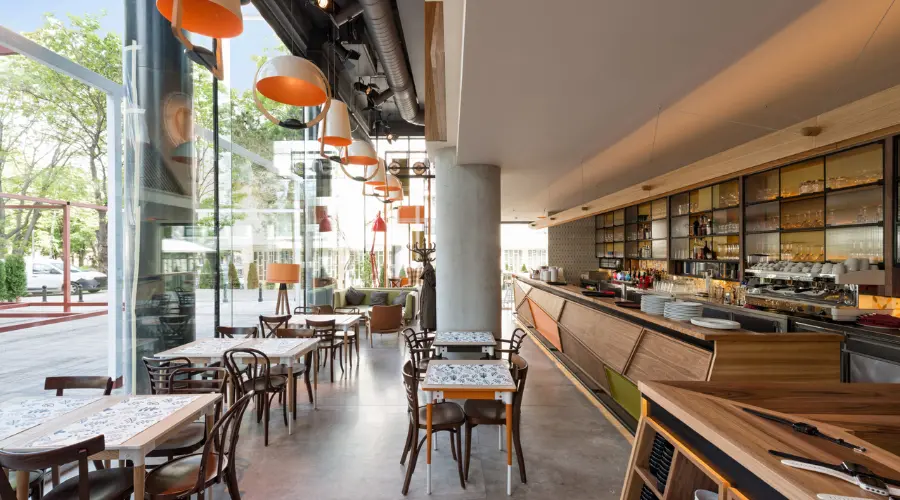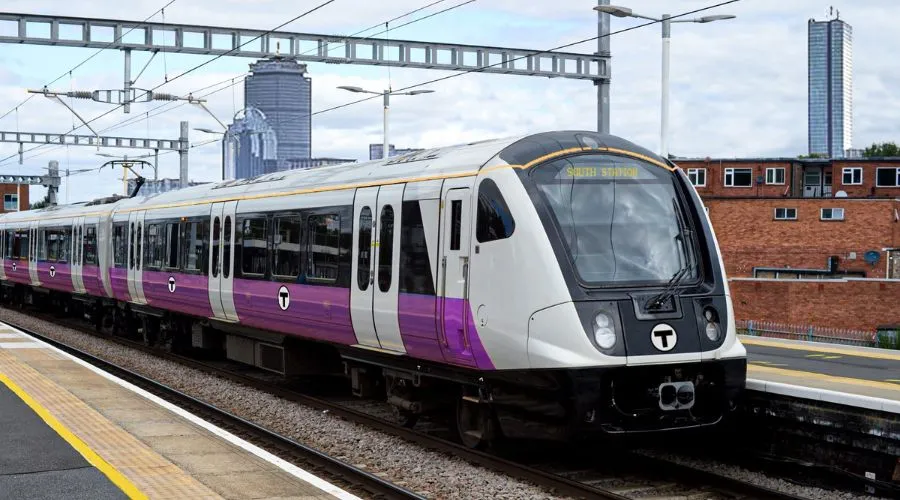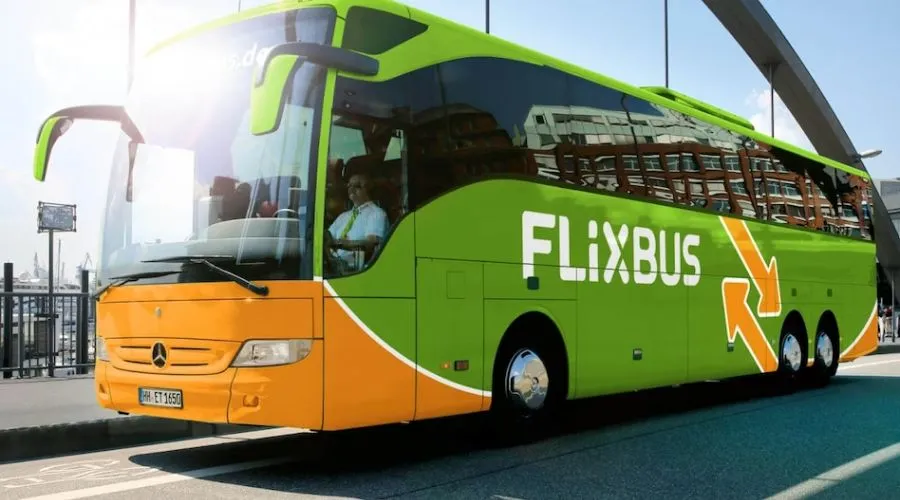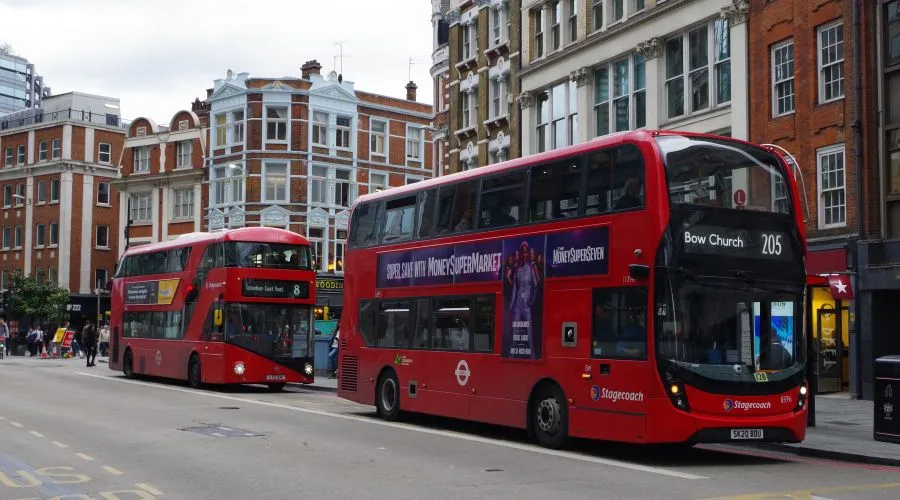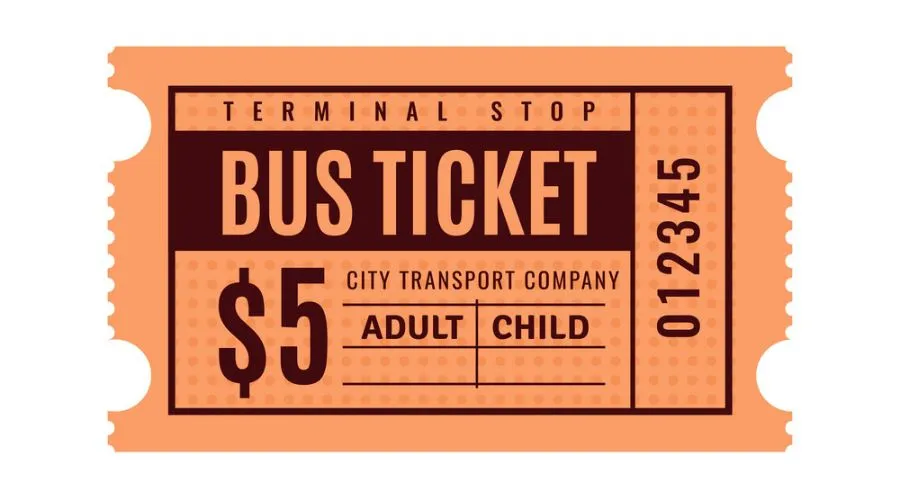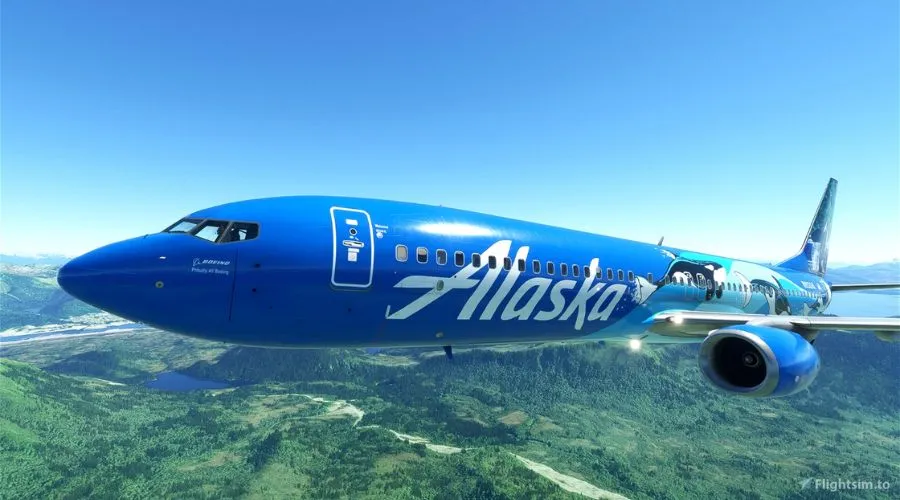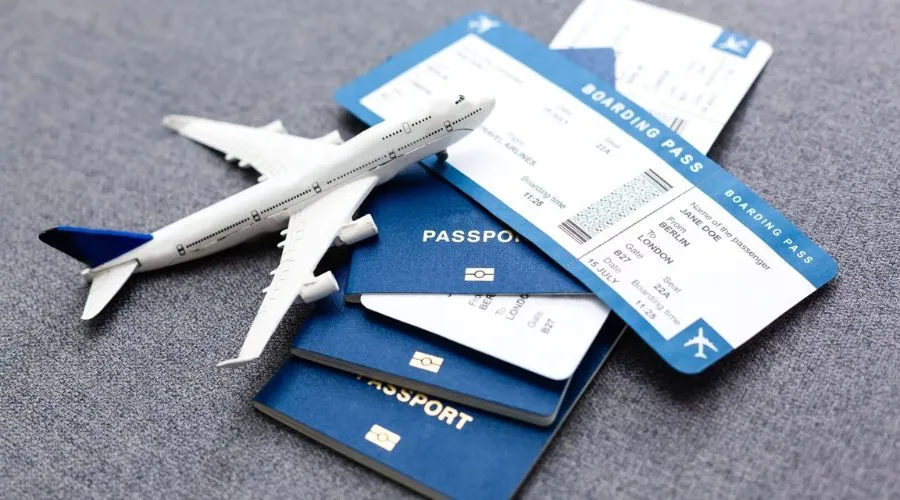
Introduction
In a world constantly on the move, where speed often takes precedence over the journey itself, Train travel stands as a testament to a bygone era of unhurried exploration and scenic wonders. The rhythmic clatter of wheels against the tracks, the gentle swaying of the carriage, and the panoramic views outside the window make Train travel an experience unlike any other. As we delve into the allure of Train travel, let’s embark on a journey through its history, its environmental impact, and the unique charm it brings to modern-day voyagers.
A Glimpse into Train Travel’s Illustrious Past
The Birth of Trainways
The roots of Train travel trace back to the early 19th century when the world was undergoing a transformative industrial revolution. The steam locomotive, an invention that changed the course of transportation, made its debut in 1804. George Stephenson’s “Rocket” in 1829 marked the birth of modern Trainways, setting the stage for a new era in transportation. The first public Trainway, the Stockton and Darlington Trainway in England, commenced operations in 1825, forever altering the landscape of travel.
The Golden Age of Trainroads
The 19th and early 20th centuries are often hailed as the golden age of Train travel. Across continents, Trainways connected cities and remote areas, facilitating trade, commerce, and the movement of people. Iconic trains like the Orient Express and the Trans-Siberian Trainway became synonymous with luxury and adventure, offering an unparalleled experience to those who could afford the ticket. Train travel became a cultural phenomenon, inspiring literature, art, and a sense of romanticism that still lingers today.
Decline and Resurgence
The mid-20th century witnessed the decline of Train travel with the rise of automobiles and airplanes. Highways and air routes became the preferred modes of transportation for their speed and convenience. However, in recent decades, there has been a resurgence of interest in Train travel, driven by environmental concerns, nostalgia, and a desire for a more leisurely journey. High-speed Train networks in Europe and Asia, as well as scenic train routes worldwide, have rekindled the fascination for Train travel.
Environmental Impact of Train Travel
Ecological Advantages
In an era where sustainability is a key concern, Train travel emerges as a more eco-friendly alternative to other modes of transportation. Trains are inherently more energy-efficient, producing significantly lower carbon emissions per passenger compared to cars or planes. Electric trains, powered by renewable energy sources, further reduce their environmental footprint. The emphasis on mass transit also helps alleviate road congestion and reduce overall carbon emissions.
Preserving Natural Landscapes
One of the unique aspects of Train travel is the ability to traverse diverse landscapes without the environmental disruption caused by highways or airports. Train tracks often follow natural contours, offering passengers breathtaking views of mountains, rivers, and countryside. Preservation of natural habitats and reduced disruption to ecosystems make Train travel an attractive option for environmentally conscious travelers seeking to minimize their impact on the planet.
Urban Planning and Connectivity
Train travel plays a pivotal role in shaping sustainable urban development. Efficient and extensive Train networks encourage city dwellers to rely on public transportation, reducing their reliance on private cars. This, in turn, curtails air pollution and traffic congestion, contributing to cleaner and more livable urban environments. Train connections between cities and suburbs foster economic growth, creating a web of interconnected communities.
The Modern Appeal of Train Travel
Relaxation and Comfort
In an era marked by the rush and stress of modern life, Train travel offers a respite. Unlike the hectic atmosphere of airports or the constant vigilance required when driving, trains provide a spacious and comfortable environment. Passengers can move around, enjoy a meal in the dining car, or simply gaze out of the window as the world passes by. The absence of security checks and the ability to bring larger luggage without restrictions add to the overall ease of the journey.
Cultural Immersion
Train travel facilitates a unique form of cultural immersion. As the train weaves through various regions, passengers have the opportunity to witness the changing landscapes and experience local customs and traditions. Many train journeys are designed to incorporate stops at historic sites, charming towns, and cultural hotspots, providing travelers with a richer understanding of the places they traverse. This cultural tapestry adds an extra layer of depth to the travel experience.
Digital Detox
In an age dominated by constant connectivity, Train travel offers a chance to unplug and unwind. While modern trains are equipped with amenities like Wi-Fi, the overall pace is slower, allowing passengers to disconnect from the digital world and connect with their surroundings. This digital detox is increasingly valued by travelers seeking a more mindful and contemplative journey.
Exploring Iconic Train Journeys
The Orient Express: A Timeless Odyssey
Synonymous with luxury and mystery, the Orient Express remains one of the most iconic Train journeys in history. Connecting Paris to Istanbul, this legendary train has welcomed royalty, celebrities, and adventurers since its inaugural run in 1883. The allure of the Orient Express lies not just in its opulent carriages but also in the ever-changing landscapes it traverses, from the romance of the European countryside to the exotic allure of the Orient.
The Trans-Siberian Trainway: A Journey Across Continents
Stretching over 9,000 kilometers, the Trans-Siberian Trainway is the longest continuous Train line in the world. Connecting Moscow to Vladivostok, this epic journey takes passengers through the vast landscapes of Russia, showcasing the country’s diverse geography and rich cultural heritage. The Trans-Siberian Trainway is more than a means of transportation; it’s a cultural odyssey that provides a deep insight into the heart of Russia.
The Glacier Express: A Panoramic Alpine Adventure
For those seeking a blend of luxury and natural beauty, the Glacier Express in Switzerland is a must-try. This scenic train journey winds through the Swiss Alps, offering panoramic views of snow-capped mountains, charming villages, and pristine lakes. The Glacier Express is a testament to Switzerland’s commitment to sustainable tourism, as it showcases the breathtaking beauty of the Alps while minimizing its environmental impact.
Conclusion: Rediscovering the Joy of Train Travel
Embracing the Future of Train Travel
As we reflect on the timeless charm of Train travel, it’s evident that its appeal endures through the ages. With ongoing advancements in technology and a growing awareness of the environmental benefits, Train travel is poised for a renaissance in the 21st century. High-speed trains, innovative designs, and a renewed emphasis on sustainability are shaping the future of Train travel, ensuring that its allure remains strong for generations to come.
Planning Your Train Adventure
For those intrigued by the idea of a Train journey, careful planning is key. Researching routes, selecting the right class of service, and considering the time of year can greatly enhance the overall experience. Whether it’s a transcontinental adventure or a scenic day trip, the world of Train travel offers options for every taste and preference.
Sustainable Travel Choices
As travelers become increasingly conscious of their ecological footprint, Train travel stands out as a sustainable choice. Choosing trains over planes for certain journeys, particularly within a continent, can significantly reduce carbon emissions. Supporting and advocating for the expansion of Train networks is a collective effort that contributes to a more sustainable future.
The Enduring Allure of Slow Travel
In a world that often prioritizes speed and efficiency, the enduring allure of Train travel lies in its celebration of the journey itself. Slow travel allows passengers to savor the landscapes, cultures, and experiences along the way. Embracing the philosophy of “getting there is half the fun” adds a layer of richness to the travel experience, making Train journeys memorable and cherished.
In conclusion, Train travel transcends mere transportation; it is a nostalgic nod to the past, a sustainable choice for the future, and an immersive experience for the present. As we continue to navigate the ever-evolving landscape of travel, let us not forget the enchantment of Train travel—a journey where the destination is just as significant as the path taken.



